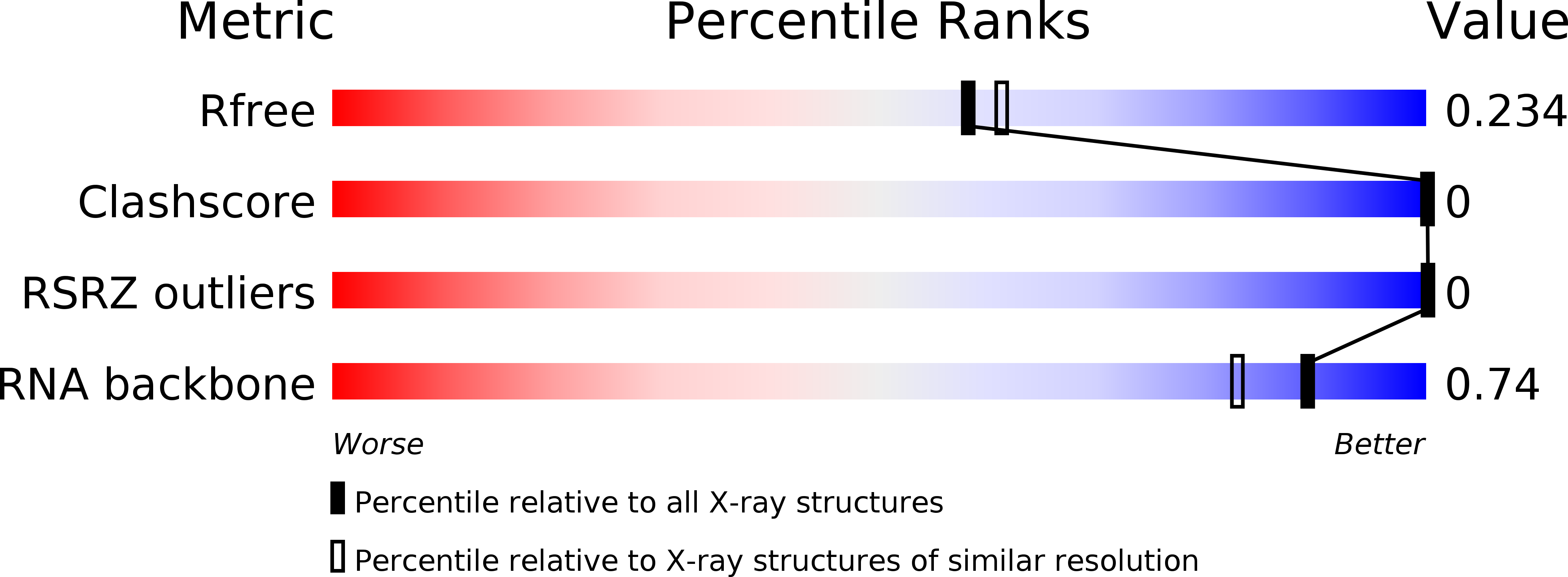
Deposition Date
2014-03-03
Release Date
2014-11-19
Last Version Date
2023-12-20
Entry Detail
PDB ID:
4CS1
Keywords:
Title:
Crystal structure of a simple duplex kink turn, HmKt-7 with 2 Mg bound.
Biological Source:
Source Organism:
HALOARCULA MARISMORTUI (Taxon ID: 2238)
Method Details:
Experimental Method:
Resolution:
2.00 Å
R-Value Free:
0.23
R-Value Work:
0.18
R-Value Observed:
0.18
Space Group:
P 63 2 2


